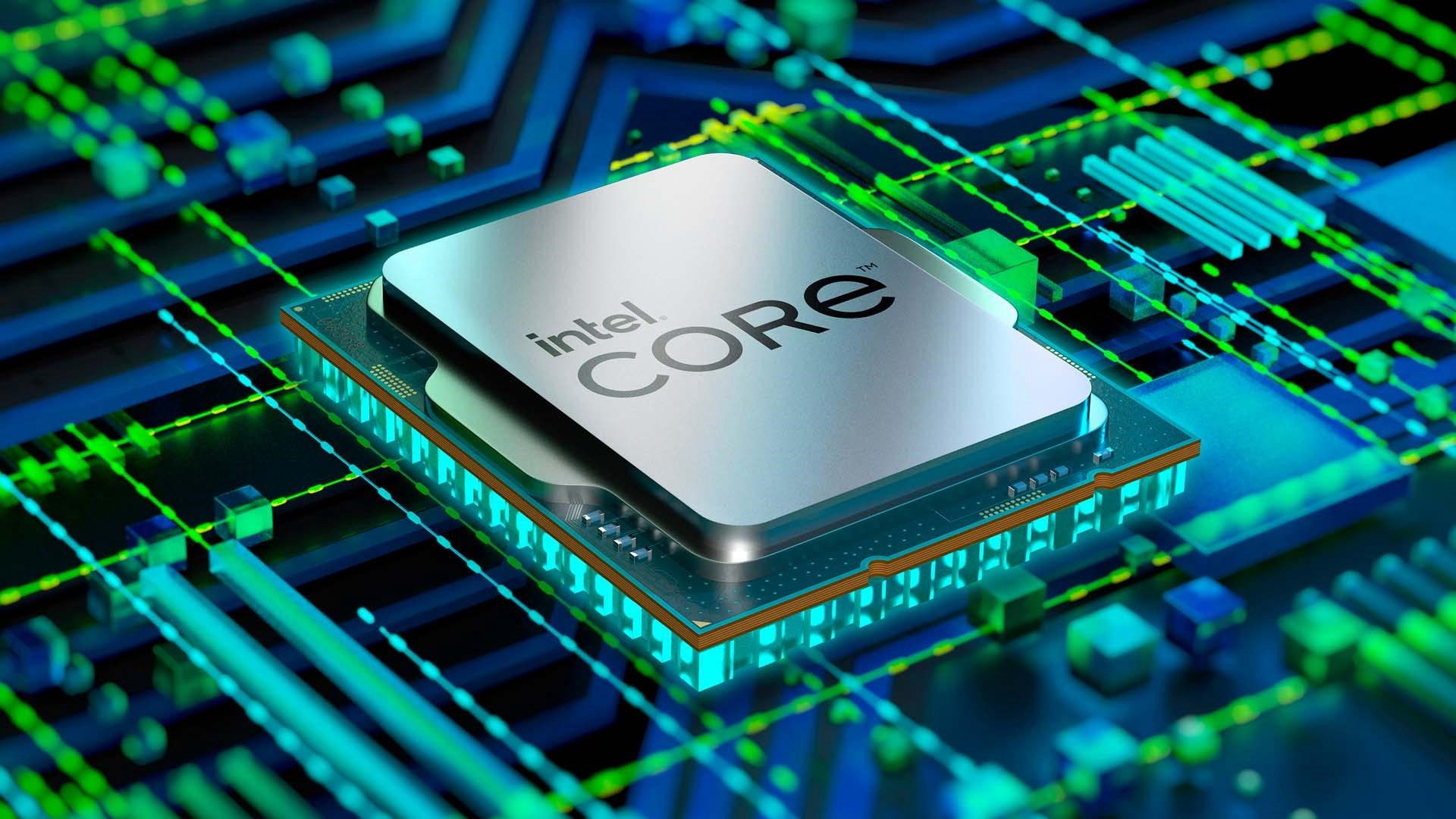INTEL
Entering the Chinese market
Intel entered China in 1985 with over 10300 employees and 22 office locations in China. China is a top priority for Intel's global strategy, with the most comprehensive business deployment outside of its US headquarters, covering cutting-edge research, product technology development, precision manufacturing, industrial ecological cooperation, marketing, customer service, venture capital, and corporate social responsibility.
Intel has been rooted in China for 35 years, and its cooperation with Chinese industrial partners has been tested and weathered. As one of the multinational companies with the longest roots in China, Intel's strategy in China has never changed. It has always been to 'do the right thing' and to travel far with its peers in China.
Industrial innovation, traveling far with China's peers
Intel has been an explorer, participant, and contributor along the way, constantly deepening its value.
In the first stage, we supported the formation and rise of China's PC industry and cultivated the local ODM industry chain.
In the second stage, advanced technology will be applied to comprehensively promote the implementation of China's internet and cloud computing applications. For example, investing in the first batch of internet companies in China; Support the development of globally leading e-commerce platforms and search engines.
Now, Chinese companies have the strength to lead the world, and Intel is committed to becoming a reliable performance leader, unleashing the unlimited potential of data, and playing a greater role in the success of Chinese customers.
Intel has been developing together with China for 35 years, and its industrial collaboration and contribution have been recognized, which is also the foundation for Intel to become a trustworthy and long-term partner. Intel has built a comprehensive model of industrial collaborative innovation and driving development, outputting comprehensive ecological value for the construction of the industrial chain.
In promoting innovation, it mainly includes forward-looking insights, research and development, industry standards, intellectual property rights, reference designs, solution blueprints, talent education, technological contributions, etc.
In terms of driving development, it mainly includes supply chain driving, industry docking, industry university research cooperation, venture capital, incubation acceleration, brand effect, demonstration effect, etc.
Based on the "RISE" strategy of fulfilling responsibilities, inclusiveness, sustainability, and empowerment, Intel actively fulfills its corporate social responsibility in China by making environmental sustainability a long-term commitment, setting overall environmental goals for the company, and continuously investing in energy conservation and emission reduction; Regard employees as valuable wealth and innovative resources, and build a culture of diversity and inclusiveness; Encourage and support employees to actively participate in volunteer services and unleash social value.
Talent cultivation, traveling far with China
In the past, present, and future, Intel has been committed to establishing an ecosystem for talent cultivation.
Cultivate innovative talents. Intel has been recognized as the best partner by the Ministry of Education for 24 consecutive years. Through cooperation with the education industry, it vigorously promotes the cultivation of innovative talents, completes basic work, trains 2.7 million teachers before and after, and supports more than 1 million teenagers to participate in various competitions and improve scientific literacy.
Cultivate industrial talents. Intel vigorously promotes industry university research cooperation and cultivates talent reserves for the ICT industry through university cooperation and various competitions. For example, Intel China collaborates with over 100 universities, benefiting over 100000 college students annually; In 2018, over 12000 students directly participated in various innovation competitions organized by Intel.
Cultivate cutting-edge talents. Intel has made efforts to target cutting-edge talent gaps such as AI and cultivate talents who can lead innovation. For example, the Intel AI Top 100 Innovation Incentive Plan will select over 100 excellent AI innovation teams in stages, providing them with comprehensive support such as technical guidance, development cost subsidies, market promotion, and ecological docking; Intel, together with its partners, will train 10000 FPGA developers in three years.
Precision Manufacturing, Traveling Far with China
Intel's manufacturing layout in China is deeply aligned with the national development agenda: it has supported strategies such as Pudong Development, Western Development, and Revitalization of Northeast China along the way; Intel's leading role has attracted upstream and downstream enterprises to land, forming a local industrial cluster effect and driving regional economic development. Especially during the anti epidemic process, Intel factories maintained normal operation and played a positive role in stabilizing the relevant industrial chain.
The Intel Dalian and Chengdu factories have significantly improved their position in technology leadership and Intel's global manufacturing network, reaching the top level of precision manufacturing from an important part of the manufacturing system.
Intel's top-notch "high-end testing technology" level. The Intel Chengdu factory was announced to be established in 2003 and completed and put into operation in 2005. It is one of Intel's largest chip packaging and testing centers worldwide and one of Intel's three largest wafer preprocessing factories worldwide. In December 2014, Intel announced an investment of $1.6 billion over the next 15 years to comprehensively upgrade the wafer preprocessing, packaging, and testing businesses of its Chengdu factory. It also introduced high-end testing technology to China for the first time, becoming one of the important high-end testing technology factories outside the United States.
The highest level of Intel storage manufacturing. Intel announced an investment of $2.5 billion in 2007 to build its Dalian factory, which was officially put into operation in 2010. It is Intel's first wafer manufacturing plant in Asia. In October 2015, Intel announced an investment of $5.5 billion to convert its Dalian factory into "non volatile memory" manufacturing. Currently, Intel's 96 layer 3D NAND storage chip manufacturing technology is being applied at the Dalian factory and will provide 3D NAND products with 144 layer stacking to partners in 2020.
On July 17, 2023, Intel executives met with White House officials to oppose restrictions on semiconductor exports to China.
On July 29, 2023, Intel and the Nanshan District Government of Shenzhen launched the Intel Greater Bay Area Technology Innovation Center. The center will focus on artificial intelligence, chip application development, edge computing, digital development and other fields.


